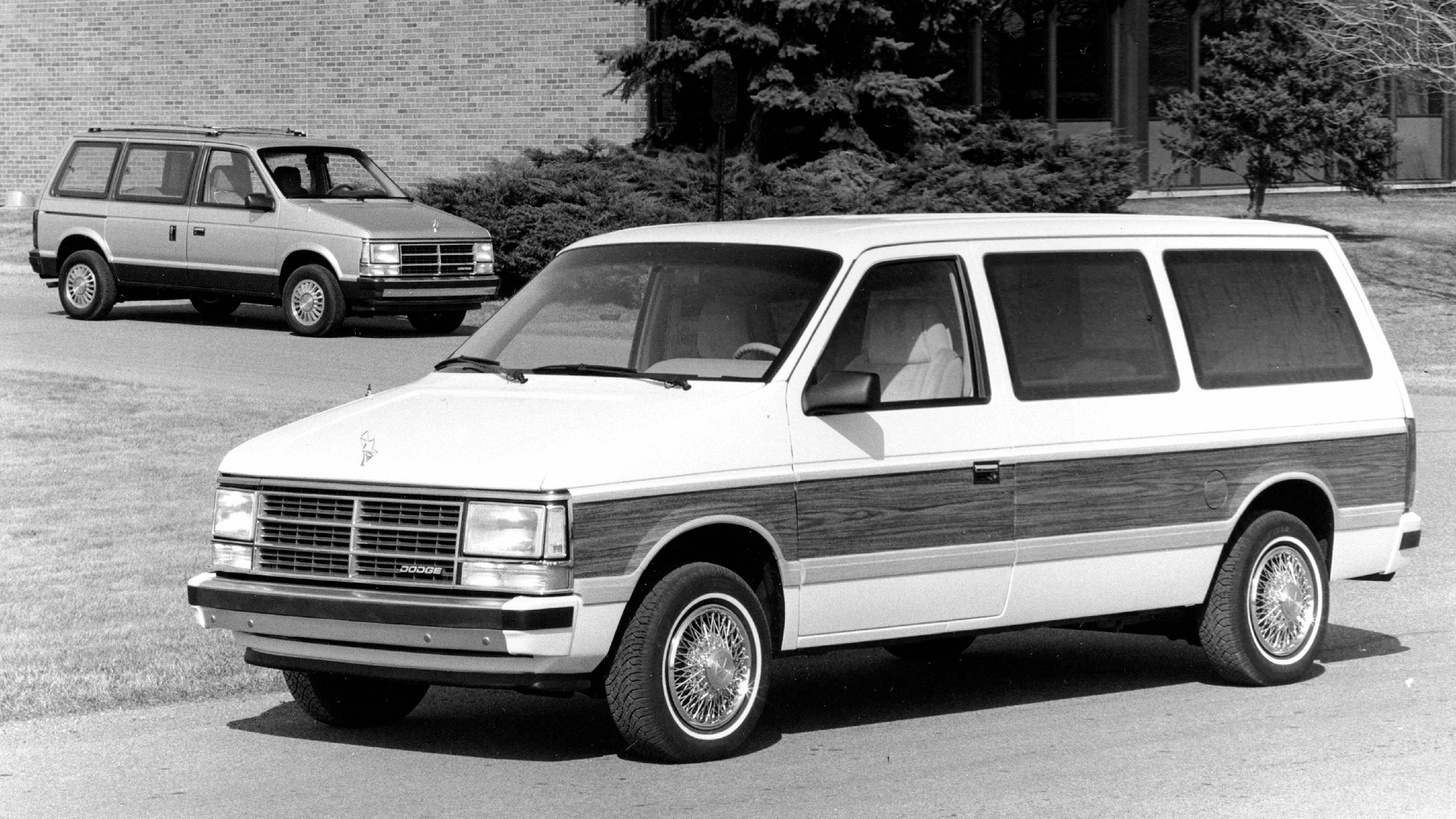

We knew it was coming, like on a Survivor episode when Jeff Probst says “The tribe has spoken” and the losing participant is summarily drummed out. Except in this case, there was no torch ritual and no post-game interview.
Dodge announced in February that it would be narrowing its focus on performance vehicles even more by cutting out the Grand Caravan after close to four decades. The plan was to end production in May. When the pandemic hit and manufacturing shutdowns resulted in massive delays in March (including the Windsor, Ontario assembly plant where the minivans were made), FCA issued a new statement that the end of production timing for the Grand Caravan would be pushed from May 2020 to the end of August 2020.
And then the venerated, once-celebrated minivan disappeared with barely a peep.

“The year was 1983. Ronald Reagan was President of the United States of America. Lech Walesa was the Nobel Peace Prize Laureate. The Internet was created, and the first mobile phones were introduced to the public. U.S. astronauts completed the first space shuttle spacewalk; Michael Jackson performed the ‘moonwalk.’ The Baltimore Orioles won the World Series…and Chrysler hit a home run with the introduction of the first minivan,” Chrysler (now FCA and soon to be Stellantis) said in a press release in 2008.
The first Grand Caravans included a 2.2-liter engine borrowed from Chrysler’s K-cars and generated 96 horses. My family owned one of these beauties in the ‘90s with the optional Mitsubishi 104-horsepower, 2.6-liter engine.
Considering the model’s historic significance, I expected a farewell party of sorts. Maybe that’s another thing we had to let go of because of the pandemic and any plans had to be scrapped. The union in Windsor, Ontario (Canada) were dismayed about the demise of this vehicle, as it was an important one to the workers at the Windsor Assembly Plant, where the Grand Caravan was built.

“Today, the last Dodge Caravan as we know it will roll off the assembly line,” the Local 444 Unifor president posted to its Facebook page on August 21. “This van has served our members well! Putting food on our tables, paying for mortgages, putting our children through school, and hauling our most precious cargo. Always innovative, setting a high bar for all competitors, and most of all, it was built right… I am not happy with this fabulous vehicle’s sunsetting.”
Interesting side note: Chrysler workers in Windsor were first organized by the United Auto Workers in 1942, and their first contract included an hourly rate of ninety cents.
Remember the old wood-paneled van from the first generation? It would have been cool to see the last van roll of the line looking like the very first one, with the same wood grain and paint combination.
Got a tip? Send us a note: tips@thedrive.com